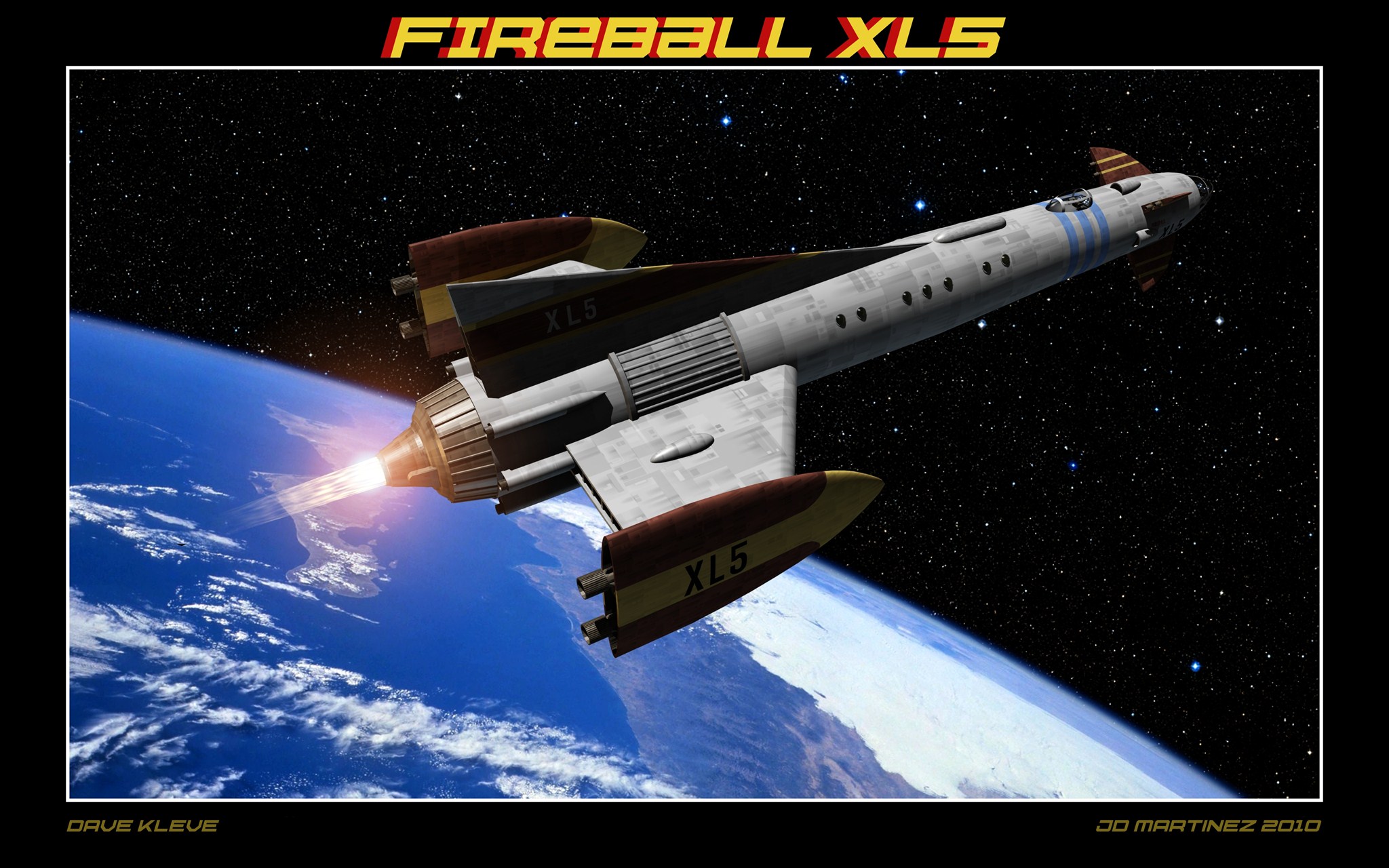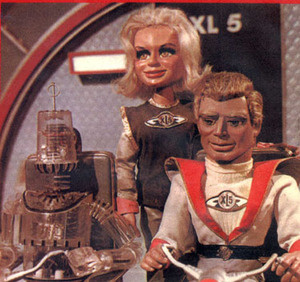Fireball XL5 - Spaceship ABC's Letterbox Hybrid
the 3 caballeros: Time to let this one go and free up the area for another cacher.
Fireball XL5 - Spaceship ABC's
-
Difficulty:
-

-
Terrain:
-

Size:  (micro)
(micro)
Please note Use of geocaching.com services is subject to the terms and conditions
in our disclaimer.
*** THERE IS A STAMP IN THE CACHE, IT IS NOT A TRADE ITEM ***
*** LOG ONLY, BRING YOUR OWN PEN OR STAMP***
IF PROBLEM FOUND WITH CACHE, SUCH AS:
*MISSING/FULL LOG
*DAMAGED CONTAINER
*MISSING STAMP
PLEASE SUBMIT A "NEEDS MAINTENANCE" LOG.
DO NOT REPLACE LOG SHEETS, CONTAINERS, OR ADD PLASTIC BAGGIES.
I use waterproof log sheets. They should be useable even if wet, just pat dry before signing & replacing.



Fireball XL5 is a science fiction-themed children's television show following the missions of spaceship Fireball XL5, commanded by Colonel Steve Zodiac of the World Space Patrol. The show was produced in 1962 by husband and wife team Gerry and Sylvia Anderson through their company APF, in association with ATV for ITC Entertainment.
The show featured the Andersons' Supermarionation, a form of puppetry first introduced in Four Feather Falls (1960) and Supercar (1961) and used again in their subsequent productions such as Stingray and Captain Scarlet. Thirty-nine black and white half-hour episodes of Fireball XL5 were made on 35mm film: all future Anderson series were produced in color.
Several Anderson series have been shown in syndication in the US, but Fireball XL5 is the only Anderson series to have run on a US network. NBC (the National Broadcasting Company) ran the series in its Saturday morning children's block from 1963 through to September 1965.
The patrol space ship Fireball XL5 takes off utilizing a mile-long launch rail that culminates in a 40-degree incline, or sky ramp, which Anderson claims was inspired by an old Soviet design, a concept also used in the film When Worlds Collide.
The World Space Patrol included a fleet of at least 30 'Fireball XL' ships (an XL30 is referred to in The Firefighters episode), of which XL5 was the most famous. The ship itself is made up of two detachable sections. The winged nose cone, known as Fireball Junior contained the cockpit and separated from the main body to land on other worlds. The rest of the ship contained a navigation bay, laboratory, huge lounge, workshops and separate crews quarters, along with fuel and main nutomic rocket motors for interstellar travel. The ship would generally remain stationed in orbit after arriving at an alien planet. When Fireball XL5 returned to Space City, the whole ship would land horizontally (i.e. without separating) using its wings and retro-rockets. In the episode 'The Forbidden Planet', the aliens use a form of transporter (similar to that used in Star Trek, but of course pre-dating it) but this technology was not available to the World Space Patrol.
Inasmuch as the series used many classic early 20th-century science fiction themes reminiscent of the space opera of E. E. "Doc" Smith and because it was a children's show, it was not intended to be realistic. Fireball XL5 managed to travel handily around the galaxy without going faster than light (until the episode Faster than Light). The series observed few of the limitations of rocketry and only informed viewers that the ship's rocket motors were powered by a Nutomic reactor and that XL5 could safely travel at speeds of up to Space Velocity 7, which enabled her to reach the outlying star systems of charted space within a few months. Furthermore the crew never wore space suits; instead they took "oxygen pills" to survive in the vacuum of space, where they maneuvered in zero gravity with the aid of thruster packs. They used neutroni radio, which allowed virtually instantaneous communication within the sectors of charted space. XL5 and her sister ships were fitted with gravity activators that generated artificial gravity fields within them.
Additional Hints
(Decrypt)
Evat Evat
Treasures
You'll collect a digital Treasure from one of these collections when you find and log this geocache:

Loading Treasures